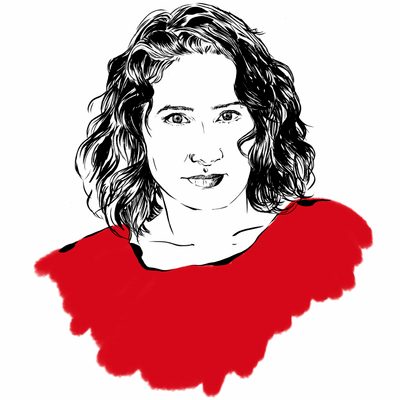Back in 2004, pundits went wild when exit pollsters found that 22 percent of voters had made their selection based on “moral values,” more than any of the options they offered. The pollsters back then almost universally interpreted “moral values” to mean “abortion and gay rights” — a frame backed up by Thomas Frank’s popular book of the period, What’s the Matter with Kansas, which called for a return to economic populism in order to fight the tide of voters supposedly turning to Republicans because they hated abortion and queer people.
Fast forward to 2013, and we see the term “moral” being reclaimed on the Left. In North Carolina, a movement sprung up from the civil rights infrastructure and steeped in the language of the church is standing up for abortion rights and economic justice, as well as fighting the dismantling of civil rights protections.
Here in New York, a decidedly smaller and quieter attempt to bear moral witness is taking aim squarely at one of the villains of the economic crisis: Goldman Sachs. Last month, Max Zahn, a former community organizer and founder of the website Buddha on Strike, began meditating outside of the megabank’s West Side building several times a week, wearing signs calling on Goldman employees to show compassion for the people affected by their practices.
Goldman’s building is walking distance from Wall Street but across the West Side Highway from most of the financial district; you don’t just happen to walk past the front of the building unless you’re going there on purpose. Zahn’s display is for the bankers (and for reporters like me curious enough to make the trip to see what this was all about), not for the rest of the city. On the morning of Wednesday, July 10, Zahn was joined by Michael Kink of Strong Economy for All and Ethan Nichtern, a prominent Buddhist teacher and author. The three men sat cross-legged on cushions during the 9 a.m. rush as be-suited Goldman employees bustled into the 43-story building, opposite the still-under-construction One World Trade Center tower.
They were a quiet reminder that not all is well, that the crisis is still all too real for people across the world. In the aftermath of Occupy Wall Street, as the movement split into multiple groups tackling more specific issues, small vigils like this have sprung up from time to time, lingering reminders that nothing has been fixed.
Zahn, who now works full-time in a restaurant, says that most of the people who stop and interact with him are supportive, but notes ruefully that they’re probably self-selected. “One guy told me to get a job,” he says.
When I ask him if he thinks his protest will work, he laughs and says he’s got as good a shot as Congress does at regulating the banks. “The government has shown itself unwilling or unable to do something,” he notes.
Calling for Goldman Sachs employees to show compassion may be akin to asking nicely for an invading army to lay down its arms and go home — it simply will not happen. As a former organizer with New York Communities for Change, Zahn isn’t completely naïve about how power works — he says that the goal is to attract a large body of people, to create a rallying point for a movement that seems fractured at the moment. So far, he’s had as many as five people join his group meditations.
But in a sense, the power of the image is in the small number of people, sitting in the shadow of the giant building. It looks like the David vs. Goliath fight that any battle against the financial industry is.
Sarah Jaffe is a writer and reporter living in New Orleans and on the road. She is the author of Work Won’t Love You Back: How Devotion To Our Jobs Keeps Us Exploited, Exhausted, and Alone; Necessary Trouble: Americans in Revolt, and her latest book is From the Ashes: Grief and Revolution in a World on Fire, all from Bold Type Books. Her journalism covers the politics of power, from the workplace to the streets, and her writing has been published in The Nation, The Washington Post, The Guardian, The New Republic, the New York Review of Books, and many other outlets. She is a columnist at The Progressive and In These Times. She also co-hosts the Belabored podcast, with Michelle Chen, covering today’s labor movement, and Heart Reacts, with Craig Gent, an advice podcast for the collapse of late capitalism. Sarah has been a waitress, a bicycle mechanic, and a social media consultant, cleaned up trash and scooped ice cream and explained Soviet communism to middle schoolers. Journalism pays better than some of these. You can follow her on Twitter @sarahljaffe.





